We prepared an article on Interview Questions and Answers on Natural gas related to INDIA.
Oil and Gas Interview Questions Answers
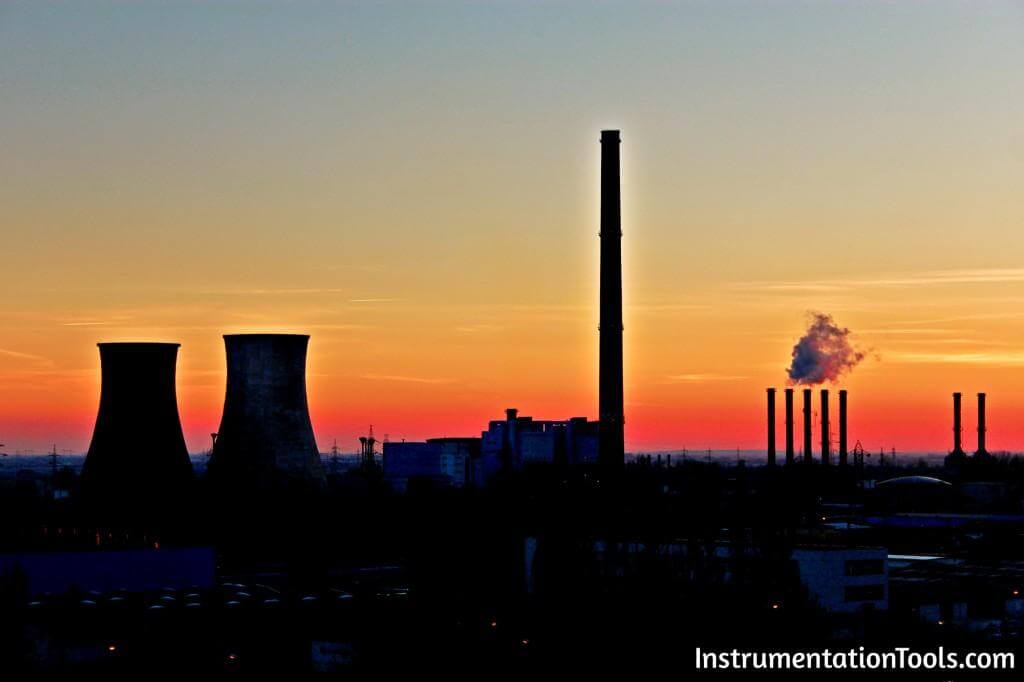
What is Natural Gas, PNG, CNG & LNG?
Natural gas as its name indicates is a Gaseous fuel, consisting of 87-92% of Methane with a small percentage of other higher hydrocarbons.
PNG, CNG & LNG are different forms of Natural gas under varied temperature & pressure.
Piped Natural Gas(PNG) is generally under atmospheric temperatures but the pressure can up to as high as 90 Kg/cm2 in transmission lines and limited to less than 24 Kg/cm2 in City Gas grids due to risk involved in movement of high pressure gas inside crowded cities/towns .
Compressed Natural Gas (CNG) means natural gas used as fuel for vehicles, typically compressed to the pressure ranging from 200 to 250 kg/cm2 in the gaseous state
It is used pre-dominantly for automotive purpose as the energy requirement for running a car (for 150-200 km) can be packed in a container of size, which can fit in to the luggage compartment or boot space when pressurized gas volume reduces by nearly 300 times. There are few instances of CNG being used for industrial purposes for shipping desired quantities through cylinder cascades .However in such cases pressure reduction at the end use is inevitable.
(Refer OISD-179 for Safety Requirements for Compression, storage & refueling stations for CNG in Automotive sector)
LNG (Liquefied Natural Gas) is liquid form of Natural gas, generally intended for transportation of large volumes through ships, where cross country pipelines are not feasible. There will be high degree of economy in transportation logistics due to large scale of operations involved.
How is natural gas extracted?
Originally, when crude oil was extracted, natural gas was created as a byproduct, or “gas associate.” Often, it was initially vented or flared off as a waste product, or re-injected into the petroleum well.
But over time uses for natural gas, and the infrastructure to capture and transport it, were developed, allowing natural gas to become an increasingly important fuel source for residential and commercial cooking and heating, power plants, and industrial processes.
By the mid-twentieth century, a strong domestic natural gas industry had developed in the United States, producing gas from large consolidated underground reserves independent from crude oil production.
More recently, gas producers have begun producing gas from more dispersed sources in shale and other porous rock formations through the process of hydraulic fracturing.
How LNG is stored and handled?
Natural gas can be reduced to liquid state by cooling to 160 C so that it will occupy 1/600th of its gaseous volume and it is called as Liquefied Natural Gas which eliminates more space for gas transportation.
In fact during the process of liquefaction of NG to LNG lot of impurities are eliminated.
Hence LNG is the purest form of Natural Gas.
LNG is stored in large insulated tanks that are specially designed for this purpose. The tanks are so-called “full containment” tanks.
Each tank consists of a special nickel-steel inner tank and a (roughly 80-cm thick) concrete outer tank. The space between the walls of the two tanks is filled with a thick layer of special insulating material that ensures that virtually no heat can get into the inner tank.
However, even with the most efficient insulation, some ambient heat will always reach the inner tank. This slight quantity of heat will cause a very small amount of the LNG (approximately 0.065% a day) to turn back into a gas.
All of this so-called evaporation loss in the tank is collected, so that none of it is released into the atmosphere. It is again condensed into LNG and added to the tank as LNG liquid. It may also be used at the terminal as a fuel to heat up the LNG.
At receiving terminals (like Dahej, Hazira), LNG is re-gasified and transmitted for further usage in NG form. These receiving terminals are also known as Re-Gasification terminals
LNG vessels (Ships) are also there to carry 2,50,000 m3 of Gas at a time
In India we have LNG import-cum-re-gasification terminals and we do not have liquefaction plants, as India is not a gas-exporting nation.
What is Rich gas and Lean gas?
Rich gas contains 5 or 6 gallons or more of recoverable liquid hydrocarbons per thousand cubic feet.
Whereas Lean gas contains less than 1 gallon of recoverable liquid hydrocarbons per thousand cubic feet.
Why is natural gas processed?
Natural gas is processed in LPG fractionator plant to separate it into different fractions as it is required by different applications.
The following shows the different applications
- Methane -fuel and feedstock for urea plants and fuel for power plants
- Ethane -Production of petrochemicals
- Propane -LPG and industrial fuel
- Butane -Production of LPG
C5 and heavier -Production of solvents and pentane
What is associated and non-associated gas?
Based on the type of source Natural gas is classified as associated and non-associated gas and there is of no significance when end use is concerned.
- Associated gas is natural gas found in crude oil reservoirs either dissolved or in conjunction with crude oil deposits and it is also called as Oil well gas.
- Non-associated gas is Natural gas found in reservoirs separate from crude oil wells and it is also called as Dry gas.
What is sweet & sour gas?
Based on the sulphur content the natural gas is classified as sweet & sour gas.
Sour gas contains higher level of sulphur content in its composition and sweet gas has very little or nil sulphur.
What is PNGRB and what is its role in awarding CNG projects?
Petroleum and Natural Gas Regulatory Board (www.pngrb.gov.in) (PNGRB) was formed on 1st Oct-2007 to
- Protect the interest of consumers by fostering fair trade and competition amongst the entities
- Regularize and authorizing entities involved in the business
CGD projects will be awarded to entities based on bidding process wherein weightages for different qualifying parameters will be given for entities participating in the bid.
Where the LNG terminals are located in India ?
As of Nov. 2008, India has
- Petronet LNG Limited (PLL), Dahej (Gujarat)
- Shell Hazira, Hazira (Gujarat)
- Dhabol , Ratnagiri for Captive usage of Power plant at Ratnagiri
Can Natural gas be stored?
Generally natural gas is stored only in CNG outlets and in LNG terminals. Apart from that natural gas will not be stored and it is in continuous flow through pipelines.
There are few Natural Gas underground caverns in some parts of the world.
How natural gas is generally traded?
Gas trade is based on $/MMBTU (Million British Thermal Units)
What is the composition of natural Gas ?
Composition of Natural gas varies widely from source to source.
Natural gas is a combustible mixture of hydrocarbon gases. While natural gas is formed primarily of methane, it can also include ethane, propane, butane and pentane. Depending on the application the buyer/user can seek pure form of Methane (as high as 95%)
The thermal efficiency varies from 9000 k.cal to 13500 K.cal per Kg based on the composition of Gas.
- 1 MMBTU is 252000 K.cal
- 1 MMBTU (Million British thermal unit) = 19 to 23 kg or 23 to 30 SCM approx. based on the composition of the gas.
What are the pros of using natural gas instead of oil products?
There are abundant supplies of clean, reliable, affordable natural gas right here in North America. As a consequence:
- Transitioning from oil to natural gas is an essential step towards our nation’s long-held policy to reduce our dependence on costly foreign oil, especially oil from unstable countries.
- The improved economics of using natural gas as a fuel rather than oil is playing a significant role in the revitalization of America’s manufacturing economy.
- Carbon dioxide and other emissions from natural gas are significantly lower than those from coal or fuel oil.
What is the difference between LNG and CNG?
CNG is compressed natural gas. LNG is liquefied natural gas which must be kept at temperatures near absolute zero. CNG has a lower cost of production and storage compared to LNG as it does not require an expensive cooling process and cryogenic tanks.
CNG, however, requires a much larger storage container to house the same amount of Btu. That is why NG Advantage has chosen to have the gas it delivers to a plant drawn directly from its trailers, not requiring the customer or the company to permit, build, and maintain huge storage tanks.
NG Advantage and its partner Clean Energy Fuels offer customers CNG and LNG depending on which is best for the particular customer’s needs.
How much cleaner is natural gas to burn?
- Reducing carbon dioxide (CO2) emissions by 20% to 30%
- Reducing carbon monoxide (CO) emissions up to 75%
- Reducing nitrous oxide (NOx) emissions by approximately 50%
- Reducing up to 95% of particle matter (PM) emissions
- Reducing volatile organic compound (VOCs) emissions by 55%
What is LNG?
Liquefied natural gas, or LNG, is natural gas in its liquid form. When natural gas is cooled to minus 259 degrees Fahrenheit (-161 degrees Celsius), it becomes a clear, colorless, odorless liquid.
LNG is neither corrosive nor toxic. Natural gas is primarily methane, with low concentrations of other hydrocarbons, water, carbon dioxide, nitrogen, oxygen and some sulfur compounds.
During the process known as liquefaction, natural gas is cooled below its boiling point, removing most of these compounds.
The remaining natural gas is primarily methane with only small amounts of other hydrocarbons. LNG weighs less than half the weight of water so it will float if spilled on water.
How is LNG stored?
When LNG is received at most terminals, it is transferred to insulated storage tanks that are built to specifically hold LNG. These tanks can be found above or below ground and keep the liquid at a low temperature to minimize the amount of evaporation.
If LNG vapors are not released, the pressure and temperature within the tank will continue to rise. LNG is characterized as a cryogen, a liquefied gas kept in its liquid state at very low temperatures.
The temperature within the tank will remain constant if the pressure is kept constant by allowing the boil off gas to escape from the tank. This is known as auto-refrigeration. The boil-off gas is collected and used as a fuel source in the facility or on the tanker transporting it.
When natural gas is needed, the LNG is warmed to a point where it converts back to its gaseous state. This is accomplished using a regasification process involving heat exchangers.
How is natural gas stored?
Natural gas may be stored in a number of different ways. It is most commonly stored underground under pressure in three types of facilities.
The most commonly used in California are depleted reservoirs in oil and/or gas fields because they are more available. Aquifers and salt cavern formations are also used under certain conditions.
The characteristics and economics of each type of storage site will dictate its suitability for use. Two of the most important characteristics of an underground storage reservoir are its capability to hold natural gas for future use and its deliverability rate.
The deliverability rate is determined by the withdrawal capacity of the associated valves and compressors and the total amount of gas in the reservoir. In other states, natural gas is also stored as LNG after the natural gas has been liquefied and placed in above-ground storage tanks.
Is LNG flammable?
It depends. When cold LNG comes in contact with warmer air, it becomes a visible vapor cloud.
As it continues to get warmer, the vapor cloud becomes lighter than air and rises.
When LNG vapor mixes with air it is only flammable if within 5%-15% natural gas in air. Less than this is not enough to burn. More than this, there is too much gas in the air and not enough oxygen for it to burn.
Is LNG explosive?
As a liquid, LNG is not explosive. LNG vapor will only explode if in an enclosed space.
LNG vapor is only explosive if within the flammable range of 5%-15% when mixed with air.
How is Natural Gas used?
Once separated from gas associates and contaminants, methane is piped to natural gas storage facilities, industrial factories, and power plants.
Natural gas power plants are typically classified as either “combustion” or “combined cycle.” Combustion power plants inject pressurized natural gas into a chamber and ignite it, generating steam that spins a power generator and releases waste heat and carbon dioxide.
More efficient combined cycle power plants burn methane through a gas turbine and direct the waste heat through a conventional steam turbine. Combined cycle power plants are considerably more efficient compared to combustion plants and most other forms of thermal generation.
Natural gas is also piped directly to homes for heating and cooking, as a feedstock for ammonia fertilizer and hydrogen production (among other industrial processes), and as compressed natural gas (CNG) for automobiles.
What is fracking?
Hydraulic fracturing is an energy production process that involves pumping water, sand, and chemicals into drilled wells to fracture surrounding rock, releasing oil and/or gas deposits stored in the geologic formations.
What is Hydrostatic Test ?
Hydrostatic testing involves water-pressure testing a pipeline. It’s a proven method of verifying the actual capability of a natural gas pipeline. We want our system to operate at a safe level of pressure.
Hydrostatic testing is also used to test such familiar items as scuba tanks, fire extinguishers and air compressor tanks.
A hydrostatic test involves pressurizing a section of pipe with water. The pressure is tested at a higher percentage of the pipe material’s maximum design strength for natural gas. This verifies the capability of a pipeline to safely operate at the desired level or pressure.
The test can also reveal weaknesses that can lead to defects and leaks in the pipe. To perform a hydrostatic test, the pipeline must be taken out of service for many days.
Why does natural gas smell like rotten eggs?
In its natural state, natural gas has no odor. Utility companies add a chemical odorant called “mercaptan” to natural gas to help make gas leaks easier to notice.
If you have a natural gas stove, you may have smelled this rotten egg odor when the pilot light has gone out.
What is “liquefied natural gas?”
When natural gas is cooled to 260 degrees below zero, it changes from a gas into a liquid. Liquid natural gas takes up much less space than natural gas, making it easy to transport and convenient to store.
Six hundred cubic feet of natural gas turns into just one cubic foot of liquid gas!
What is a “smart pig?”
A smart pig is an electronic device that can be used to inspect the insides of natural gas pipelines.
The device travels through a pipeline and transmits images of the inside of the pipeline so inspectors can tell if the pipeline needs repairs.
Why is natural gas called “natural” gas?
Natural gas is called “natural” because when this type of gas was first discovered, it could be used directly from the ground in its natural state, without any processing.
Today, gas utilities process natural gas by removing water, sand, and other compounds so that when the gas is delivered to your home, it will burn as cleanly and efficiently as possible.
And in its natural state gas has no odor. That’s why gas utilities add a harmless but stinky chemical called mercaptan; the odor helps people smell a leak that otherwise, in the gas’s natural state, doesn’t smell.
What is shale gas?
Shale gas is natural gas that is trapped within shale rock formations. Shales are fine-grained sedimentary rocks that can be rich in oil and natural gas.
In the past decade, particularly in the United States, horizontal drilling combined with hydraulic fracturing has allowed access to large reservoirs of shale gas, completely transforming the natural gas industry and energy supply dynamics.
How different is shale gas from natural gas?
There is no difference. Shale gas is natural gas that comes from shale formations instead of other rock strata like limestone or sandstone.
Natural gas from shale is a less carbon intensive fuel relative to other fossil fuels and just as reliable as a fuel source for European households, businesses and industries.
What is hydraulic fracturing?
Hydraulic fracturing is the process most commonly used to release natural gas and oil from deep beneath the surface of the earth.
Hydraulic fracturing is particularly important in the context of shale gas development. As shale gas reservoirs are trapped within rock formations of very low permeability, the gas can only be released into the well by stimulating the shale formation through hydraulic fracturing.
Fracturing fluid – on average 99.95% water and sand with a small proportion of additives – is injected at high pressure into the rock strata on average 3km below the surface.
The force of the water creates a network of tiny fissures in the rock and the water flow acts as a delivery mechanism for the sand, which finds its way into these newly created cracks to ensure they remain open. This creates passageways through which natural gas can travel to get to the wellbore.
The hydraulic fracturing process is usually performed at the start of the life of a well and normally lasts between three to five days after a well is drilled, cased and cemented, and the drilling rig is removed.
Is hydraulic fracturing a new technology?
Hydraulic fracturing is not a new technology. It was first used in the United States in 1947 and since then over 1 million wells have been hydraulically fracked worldwide.
Over the past 60 years, it has been used by energy companies to release the natural gas and oil trapped in rock formations, but also to stimulate the flow of water from water wells and to bring geothermal (renewable energy) wells into commercial viability.
Today, nearly 9 out of 10 onshore natural gas and oil wells require hydraulic fracturing to become, or to remain, viable.
What is new, however, is the use of horizontal drilling developed in the 1990s which allows hydraulic fracturing to become commercially viable.
In horizontal drilling, several wellheads can be placed at a single well site to access more gas reserves from a single well, reducing the impact at ground level.
What are the advantages of CNG as Automotive fuel?
- Low operational cost
- Environment friendly
- Adulteration free
- Increased life of lubricating oils
- high auto-ignition temperature of 540 C
What is a typical CNG storage & distribution network?
- Mother station and daughter booster stations
- CNG is transported through storage cascades from Mother station to Daughter booster stations
- Mother station and Online stations (Generally fed by pipeline)
- CNG is transported through pipeline from Mother station to CNG stations
Is CNG safe?
Yes, it is safe. The properties of CNG make it a safe fuel. It is lighter than air, so in case of a leak it just rises up and disperses into the atmosphere.
Besides, a high auto-ignition temperature of 540 degrees centigrade as against petrol’s 360 C makes it a safe fuel.
Also, in case of a leak, if CNG concentration in the air is less than 5% or more than 15%, the gas will not burn even in the presence of a spark.
What is the difference in the tank sizes of CNG and LPG as vehicle fuel is concerned?
CNG storage tank is 3 times of LPG storage tank for the same volume.
How CNG is measured?
CNG is sold in Kg and approximately 1.3 SCM (standard cubic meter) of natural gas equals 1 kg, as the density is approximately 0.76 and it slightly varies based upon the composition of the natural gas.
We can store the CNG in the cylinder of LPG for automotive purpose?
We cannot store CNG in LPG cylinder as the LPG cylinder will be designed for a pressure of only 21 kg/cm2; where as operating pressure of CNG is 240 Kg/cm2
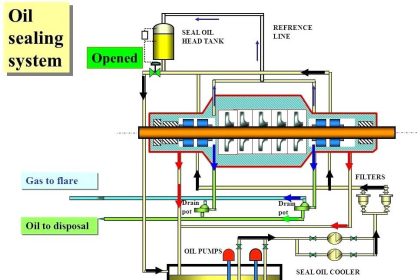


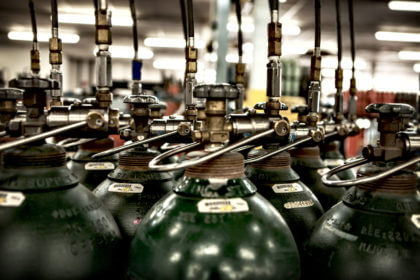
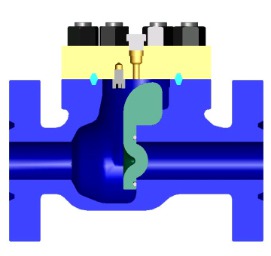
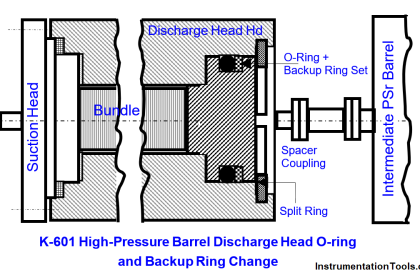



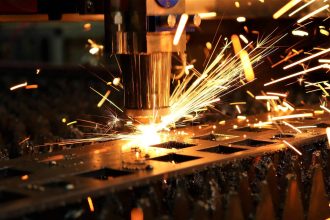
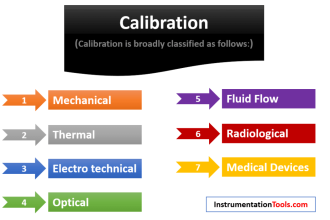
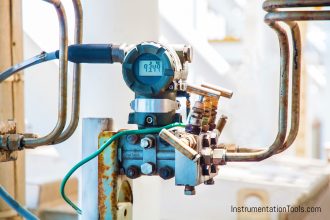
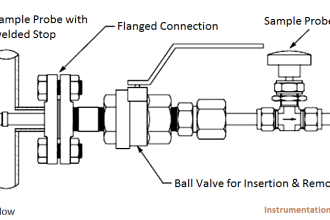
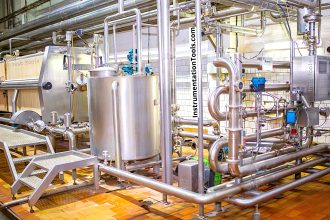

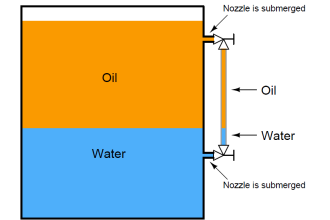

Pl send me detail about PNG LNG CNG gas details